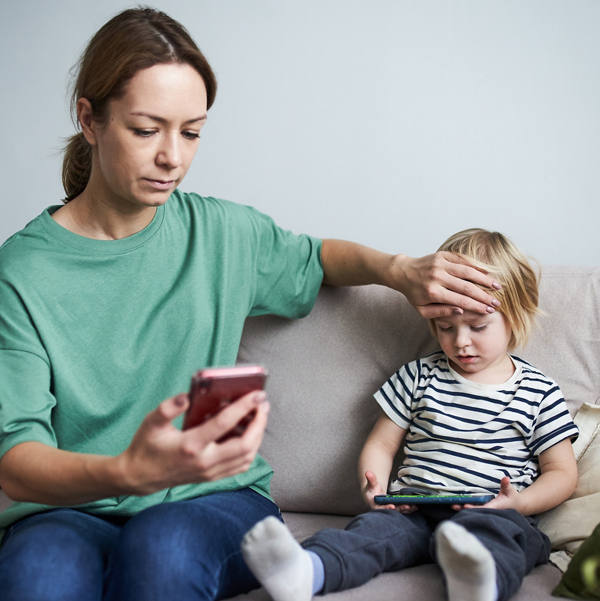Correct dosage
Apart from biological differences, other physical conditions have a large influence on the effect of a medication. Weight, fat and muscle content as well as kidney and liver health determine how the body metabolises the medicine. In other words: whether someone is fit or obese, or suffers from renal insufficiency is more important than gender per se.








